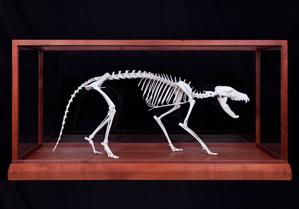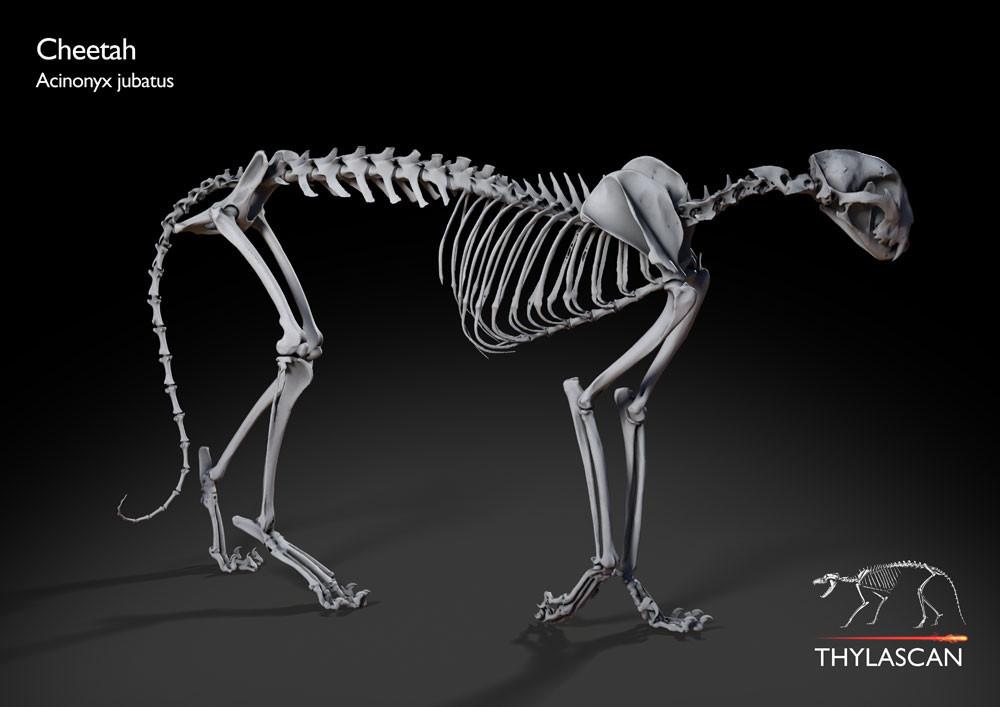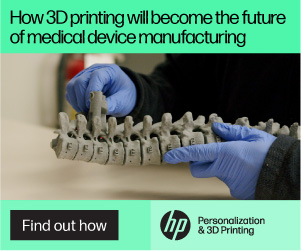 As Bill Holden, hiking along the Croajingalong National Park coastline in Victoria, Australia, stood before the remains of a whale washed up on the beach, it dawned on him that people might share his interest in preserving the remains of such beautiful, massive creatures.
As Bill Holden, hiking along the Croajingalong National Park coastline in Victoria, Australia, stood before the remains of a whale washed up on the beach, it dawned on him that people might share his interest in preserving the remains of such beautiful, massive creatures.
“Through observation and touch we rekindle an appreciation of the aesthetic beauty of other creatures and discover our deep interconnection with them,” Holden says. “Modern lives, expanding cities and loss of natural habitat make it harder for us to come into contact with these majestic creatures in our daily lives. And we are poorer for it.”
So Holden founded Thylascan to preserve the structures of extinct and threatened species by building 3D printed replicas and models of museum artifacts with CT scans. He’s gone on to develop an interest in digitizing museum exhibits, and he uses his background in technology development, visual arts and a career at the CSIRO to drive his experiments with lasers and CT scan systems.
 For their latest project, Thylascan worked in conjunction with Museum Victoria, UK software company Simpleware and 3D printing specialists 3D Systems Asia Pacific to create a collection of 3D replicas of animals and insects.
For their latest project, Thylascan worked in conjunction with Museum Victoria, UK software company Simpleware and 3D printing specialists 3D Systems Asia Pacific to create a collection of 3D replicas of animals and insects.
Holden captured the anatomical structures of the creatures via computed tomography scans. The scans were then processed in Simpleware software which allowed the team to reconstruct multi-part 3D models for printing.
Simpleware software solutions are used to convert 3D images from MRI, CT and micro-CT scans into Computer-aided Engineering, Computer-aided Design and 3D printing model files. Simpleware, based on proprietary technology, can be used to integrate image data with CAD and computational analysis workflows to bridge 3D image data and commercial CAE solvers, CAD packages, and 3D printing applications.
The 3D printed replicas retain precise, original anatomical details and they can be customized and scaled before manufacturing for display. The Thylascan project extends to 3D holograms, 2D prints, and t-shirts. According to Holden, there’s an educational app to review the models as well.
“Thylascan is positioned to explore the nexus of art, science and technology through its work in digitizing museum exhibits,” Holden says. “We have been researching further areas and have begun scanning insects with amazing results, as well as finding inspiration for future possibilities with multi-layer 3D printing.”
He adds that his company is actively looking for partnerships with other organizations, locally and around the world, who are interested in developing new collections.
Do you know of any other projects which used CT scan data to preserve history? Let us know in the 3D Scanned And Printed Museum Specimens forum thread on 3DPB.com.
Subscribe to Our Email Newsletter
Stay up-to-date on all the latest news from the 3D printing industry and receive information and offers from third party vendors.
You May Also Like
Air Force Awards Fortius Metals $1.25M to Qualify 3D Printing Wire for Hypersonic Applications
AFWERX, part of the US Air Force Research Laboratory (AFRL), awarded a Direct-to-Phase II Small Business Innovation Research (SBIR) contract worth $1.25 million to Colorado’s Fortius Metals, to accelerate qualification...
US Air Force Awards JuggerBot $4M for Large-format Hybrid 3D Printing
Large-format 3D printer manufacturer JuggerBot has received a $4 million grant to develop a large format 3D printer, courtesy of the Under Secretary of Defense, Research and Engineering Manufacturing Technology...
Where Have All AM’s Unicorns Gone?
In the rapidly evolving world of 3D printing, startups valued at over a billion dollars, known as unicorns, once seemed as fantastical as the mythical creatures themselves. While a few...
How My Childhood Fascination with Planes Led to Investing in 3D Printing
My fascination with aerospace started young, and I started studying planes–identifying them in the sky and learning everything I could about how they work. Fast forward to my first week...

































